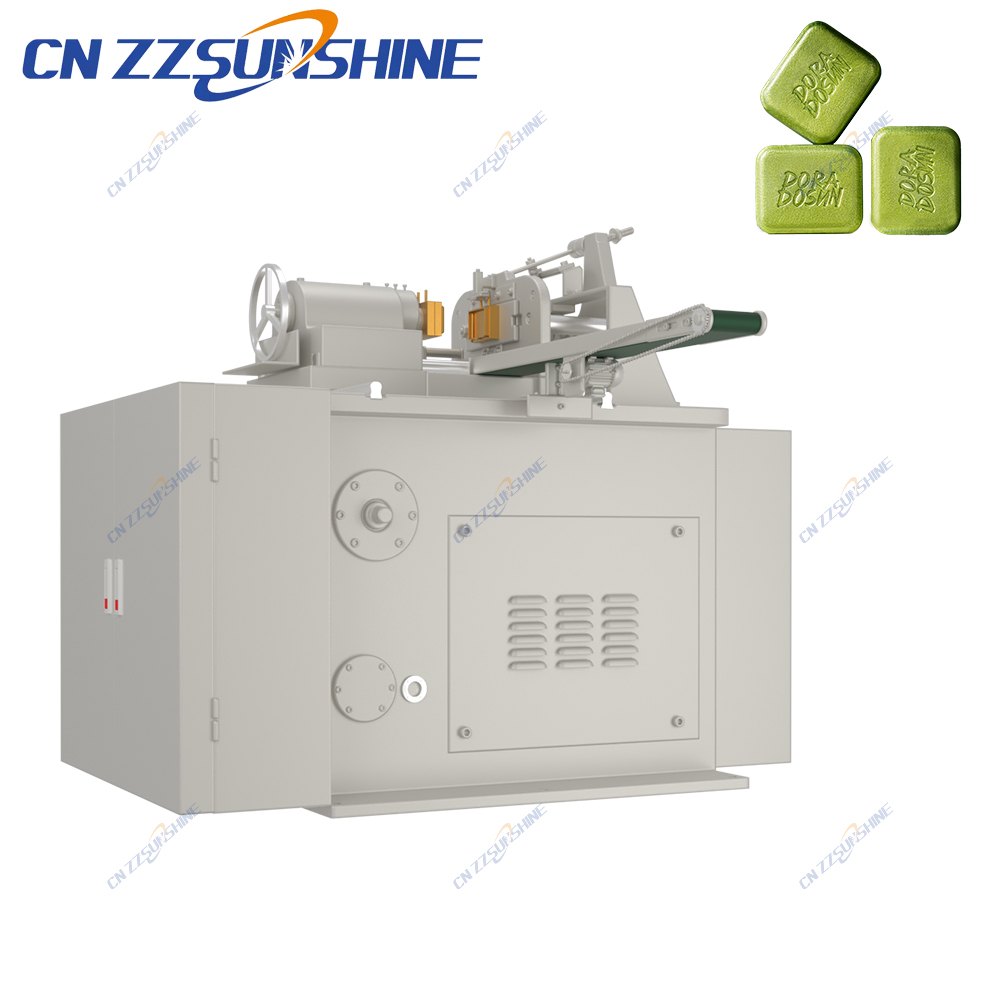Implementing an efficient automatic soap production line transforms small-scale operations into industrial powerhouses. For manufacturers aiming to scale, understanding the integrated workflow from raw materials to finished bars is critical. Modern lines seamlessly connect specialized machinery: industrial mixers for chemical processing ensure precise blending of oils, lye, and additives. The mixed soap base then moves to refining stages, often utilizing a three-roller mill for cosmetics-grade smoothness or a dedicated soap plodder machine for bar soap deaeration and homogenization.
Vacuum plodder technology is paramount here. It removes air pockets under controlled pressure, significantly enhancing bar density and longevity. This refined soap log proceeds to extrusion, where consistent diameter is crucial for downstream cutting. Precision cutting defines the final product aesthetics. Options range from robust soap cutter machines for laundry bars to sophisticated electric washing soap cutters for intricate shapes in toilet soap finishing lines or beauty soap making lines. These automated cutters deliver uniform sizing with minimal waste.
Further down the line, automated stamping, embossing, and packaging systems complete the process. An automatic packing machine for food-grade standards is often adapted for soap, ensuring hygiene and presentation. The entire sequence demands precise temperature control; integrating an industrial chiller for machinery cooling maintains optimal viscosity during extrusion and cutting, preventing deformation.
Key advantages of a fully integrated automatic soap production line include unmatched output consistency, reduced labor costs, and enhanced product hygiene. Whether establishing a dedicated laundry bar soap production line or a flexible bath soap making machine setup, modularity allows customization. Reputable suppliers offer OEM three roller grinding mill components and custom soap cutting machine solutions, enabling manufacturers to tailor lines for specific bar sizes, textures, or throughput targets. Investing in automation, particularly a high-efficiency vacuum plodder and PLC-controlled cutter, delivers rapid ROI through maximized uptime and minimized material loss. For businesses targeting competitive markets, optimizing each segment—from the initial soap mixer to the final packaging—is non-negotiable for achieving both quality and factory price efficiency.




